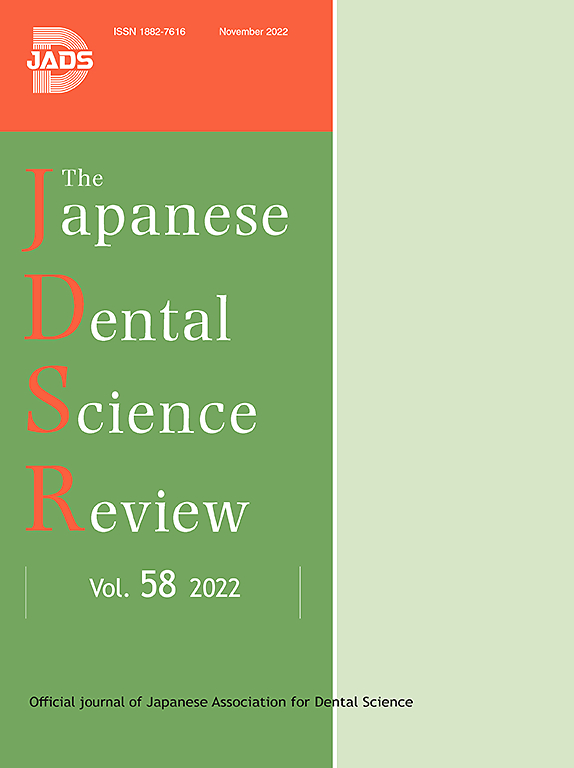牙周骨内缺损的釉质基质衍生物单一疗法与植骨联合疗法对比:最新综述
IF 5.7
2区 医学
Q1 DENTISTRY, ORAL SURGERY & MEDICINE
引用次数: 0
摘要
本系统性综述评估了在牙周再生手术中将釉基质衍生物(EMD)与各种骨移植相结合的效果,特别是针对骨内缺损的效果。研究纳入了随访 12 个月的随机对照试验。评估的临床结果包括临床附着水平、探诊深度、牙龈退缩和放射学缺陷填充。Meta 分析表明,在 EMD 中添加植骨并不能为牙周组织检查带来额外的益处,只有在放射学缺损填充方面才能观察到改善。亚组分析研究了不同植骨类型的影响,发现异体骨移植对放射学缺陷填充有效。偏倚风险评估显示,各项研究均存在中度偏倚风险,由于手术治疗的性质,在盲法方面存在挑战。此外,最小干预手术方法可能不需要额外的骨移植就能达到最佳牙周再生效果。这些研究结果为该领域的持续对话做出了贡献,并指导临床医生做出以证据为基础的决定,以获得最佳的牙周效果,同时强调了骨移植的明智使用。本文章由计算机程序翻译,如有差异,请以英文原文为准。
Enamel matrix derivative monotherapy versus combination therapy with bone grafts for periodontal intrabony defects: An updated review
This systematic review evaluated the effectiveness of combining enamel matrix derivative (EMD) with various bone grafts in periodontal regenerative surgery, specifically targeting intrabony defects. Randomized controlled trials with 12-month follow-ups were included. Clinical outcomes assessed included clinical attachment level, probing depth, gingival recession, and radiographic defect fill. Meta-analysis showed that adding bone grafts to EMD does not provide additional benefits in periodontal tissue examination, with improvement observed only in radiographic defect fill. Subgroup analyses examined the impact of different bone graft types, revealing that alloplastic bone grafts are effective in radiographic defect fill. The risk of bias assessment indicated a moderate risk across studies, with challenges in blinding owing to the nature of the surgical treatment. Furthermore, a minimal intervention surgical approach may not require additional bone grafts for optimal periodontal regeneration. These findings contribute to the ongoing dialogue in the field and guide clinicians toward evidence-based decisions for optimal periodontal outcomes, emphasizing the judicious use of bone grafts.
求助全文
通过发布文献求助,成功后即可免费获取论文全文。
去求助
来源期刊

Japanese Dental Science Review
DENTISTRY, ORAL SURGERY & MEDICINE-
CiteScore
9.90
自引率
1.50%
发文量
31
审稿时长
32 days
期刊介绍:
The Japanese Dental Science Review is published by the Japanese Association for Dental Science aiming to introduce the modern aspects of the dental basic and clinical sciences in Japan, and to share and discuss the update information with foreign researchers and dentists for further development of dentistry. In principle, papers are written and submitted on the invitation of one of the Editors, although the Editors would be glad to receive suggestions. Proposals for review articles should be sent by the authors to one of the Editors by e-mail. All submitted papers are subject to the peer- refereeing process.
 求助内容:
求助内容: 应助结果提醒方式:
应助结果提醒方式:


